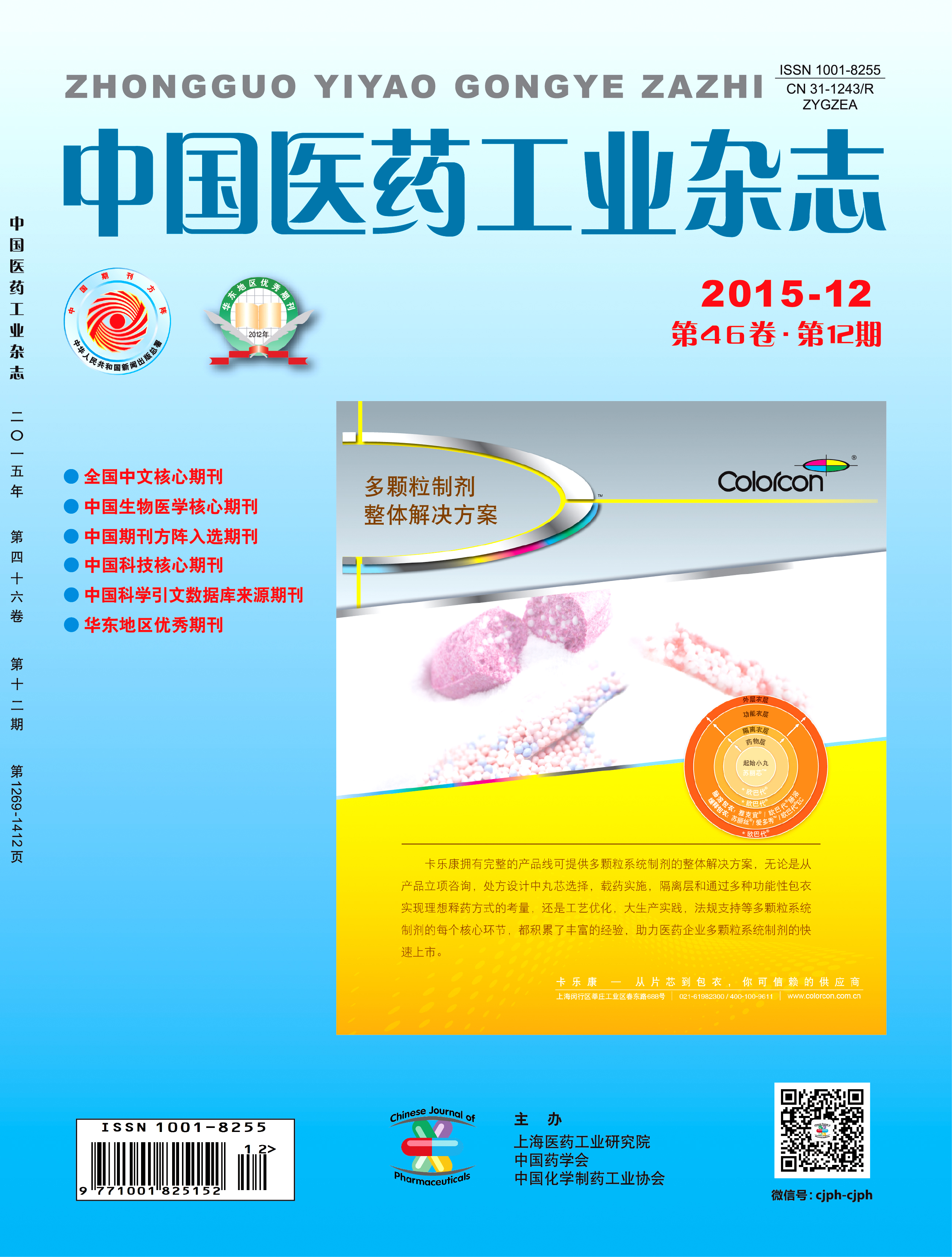ZHANG Xingguo1, ZHAO Mingzhong1, LIU Yanting2
An HPLC method was established for the determination of five effective components, osthole, columbianadin, senkyunolide I, senkyunolide A and levistilide A, in Baidu San. A C18 column was used, with the mobile phase of acetonitrile∶0.1% glacial acetic acid by gradient elution, at the detection wavelengths of 330 nm(0 - 28 min) and 280 nm(28 - 60 min). It was linear for the above five compounds in the ranges of 5.0 - 100.0, 2.6 - 52.0, 2.2 - 44.0, 8.5 - 170.0, and 2.0 - 40.0 μg/ml, respectively. Their average recoveries were 98.25%, 96.84%, 99.06%, 99.22% and 97.74%, with RSDs of 1.27%, 0.81%, 1.22%, 1.05% and 1.43%, respectively.
